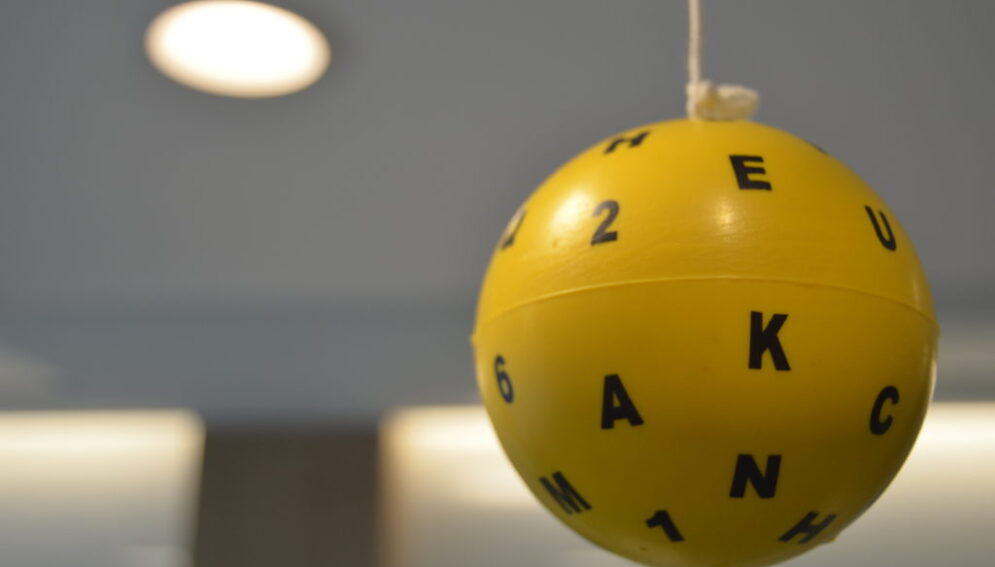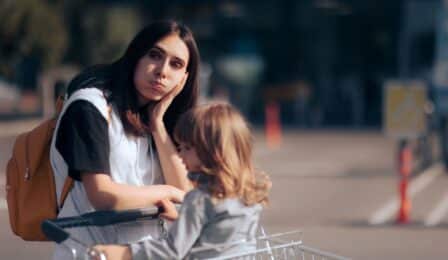“But the centre is about to open in just a couple of weeks!
Before talking to you I was relaxed about it… Now, I feel shaken up with this new approach,” Manuel Roure exclaimed.
An appointment with Manuel Roure
On December 2nd, 2016, I arrived in a small Catalan town called Mollerussa (about 15,000 inhabitants) to give a speech on neuroscience applied to marketing and human relations.
My friend, Manuel Roure, a recently retired optometrist who’d been awarded many times during his career, was going to launch a new business venture, and I was invited to have a look at his soon-to-open venue.
Right next to Federóptics Roure, his successful optician’s store – now managed by his daughter Nuria – he was going to open a new centre called Salut Visió (Vision Health). The centre would offer training to improve the vision of people with sight problems.
We were standing just outside the optician’s watching the construction of the new centre, nearing its completion, and the installation of the store front’s final details.

Photo courtesy Federòptics
As visual training is quite a recently introduced activity in many countries, I begged Roure to look deeper into how he would explain this activity.
Visual training consists of exercises that may sound quite cryptic to the average person – behavioral optometry, stereopsis improvement, and motility training are professional terms likely to sound unfamiliar to most.
To explain it in layman terms, these visual training exercises help people improve their vision when, for instance, they are having difficulties with learning, reading, motor coordination or concentration problems.
These exercises are carried out with the assistance of a qualified professional assistant.
With great curiosity, I paid full attention to Roure’s careful explanations. A few seconds later, the expected question arrived:
“So, what do you think?”, Manuel Roure finally asked me, eager to find out my opinion once his introductory tour was over.
I had just one suggestion:
“The new service centre makes sense, but are we still in time to make some changes?”
While Roure had been explaining the nature of these innovative services, I’d had a gut feeling and an alarm bell ringing: What about the customers’ feelings?
Little Joe
In order to find the right business direction, we should think about —not only think about, but understand— the customers of this new centre: the type of people who would come to a place like Roure’s to train their vision. This will open a completely new perspective.
Let’s take Little Joe as an example.
Joe is an active 6-year-old boy who likes playing football and going to the park. However, in the evenings, when it is time for him to do his homework, Joe often loses his temper and gets easily frustrated. He finds reading tiring and difficult. At school, his teachers try to cheer him up, but he’s noticed he’s different from other kids his age and he feels sad about it.
Joe’s parents love their little boy more than anything in the world. Yet, sometimes, they feel a bit envious when Susan from downstairs talks about how well her son’s school achievements, and when other parents repeat their amazing stories about their little angels in the park. Joe’s parents also feel that their son is different!

Own photo
When their school day finishes, Joe’s classmates gambol happily to their after-school activities —to volleyball training, English classes and art workshops— while Joe’s mummy takes him to the ophthalmologist. This specialist suggested training Joe’s vision to fix his learning and focusing difficulties. That is why, every Tuesday, Joe goes to Roure’s Centre to train and get his problem fixed.
But, wait a minute! Did you hear that?
We’re talking about Joe as a boy who’s got a problem to be fixed. Poor little thing! And poor unlucky parents who need to take care of their son’s issue. It must be so tough!
When we visit the doctor, we become “new persons”. Suddenly, we are called patients. The origin of the word “patient” can be traced back to the Greek term pathos, meaning “suffering”. As patients, we are seen as persons who are suffering. And the same applies to this new visual training centre: a place treating us as patients is actually treating us as “sufferers”!
How does that sound? Not too comforting, right?
Our brain doesn’t like pain at all; it prefers other positive emotions.
Why not give a slight twist to the original idea, which includes quite negative connotations, and try to see it differently? Perhaps we could plan something much more positive and surprising…
“Why not turn the vision therapy centre into a ´Vision Gym´ centre?” I proposed to Roure.
“… but we were going to open the centre in just a couple of weeks, before Christmas!” he replied.
After a moment of reflection, he finally said:
“It doesn’t matter if the opening day needs to be postponed. We will reframe the centre in a more brain-pleasing way.”
We go to the gym
Nowadays, everyone goes to the gym. Going to the gym is actually a cool thing to do. No one thinks that going to the gym means you have a problem. You go to the gym to improve your physical condition, to get better, stronger, even emotionally more relaxed.
So why couldn’t visual training be just as cool as going to a regular gym, too?
This is how we conceived the new direction for Roure’s ‘Vision Gym’.
Feeling is the action our brain understands best. So, our job is to start thinking: What should our customers feel? If they don’t feel they’re being patients, they’ll be happier to visit us, and to even spread the word to their peers.
This new marketing frame may provide kids and their parents with emotional, even social, wellbeing. It is based on three elements, like a tripod:
1. The power of surprise
Combine things in an unexpected way:
An optician’s and a gym together is not something you would see everyday. Nor is the look and feel of the ‘Vision Gym’. Who would expect to find basketball baskets at an optician’s? No one, right?

Photo courtesy Federòptics
But still make sense:
However, not everything random and irrelevant will necessarily work. It must still make sense, like the basketball baskets do in this ‘Vision Gym’, which is built around the theme of the gym and the world of sports.

Own photo
Use something widely known to describe something new or less known:
Most people know what a gym is. Using already existing ideas about the gym will help to make people understand the less known concept of “visual training”.
Associate things in a new way:
When thinking about an optician’s, what comes to mind? White walls? Bright lights? Maybe some odd-looking machines? Staff in white coats?
But why not go for something different? And not just something different, but something that will resonate with your customers in a brain-pleasing way. In our case, bright colours and fun sporty styles creating a happy, exciting and child-friendly atmosphere.
2. Simplify
Stop talking “weird”:
Use language that is easy to understand and that is directed to your audience. This doesn’t mean no professional words are allowed at all— just leave them for later and use them only when necessary.

Photo courtesy Federòptics
Using plain language helps readers feel assured that they understand what you’re talking about. That way, you can avoid them feeling stupid! It is called being emphatic with others.
Make it easy:
Give practical examples connected to people’s lives. Training your vision will be much more motivating if your goal is to score more goals in football rather than strengthening your neuronal connections.
3. Make them imagine it
Make your customers imagine how their life would be when using or after using your service or product. And make them imagine it to be something amazing.

Own photo
In the case of the ‘Vision Gym’, kids may imagine how much fun they’re going to have when “playing” with the nice eye-trainers and other kids at the visual gym. They might also imagine how great it will be to tell their classmates about going to such a cool place after school.
Parents may imagine their kid doing better at school. They may also imagine stories they can tell other parents about their talented kid.
So, what happened?
Gimnàs de la Visió (Vision Gym) has ended up being a complete success since its opening in February 2017.
This is proven not only by the optician’s skyrocketing figures (its sales increased by 27% in the first two months, and by 45%+ after just four months), but also by its customers’ smiley faces. People like to come and visit, even if they live quite far from town.
Kids are happy to visit, and so are their parents.
As in the words of one mother: “My kid may not need any vision training, but, oh well… it won’t do him any harm to come and train anyway!”.











